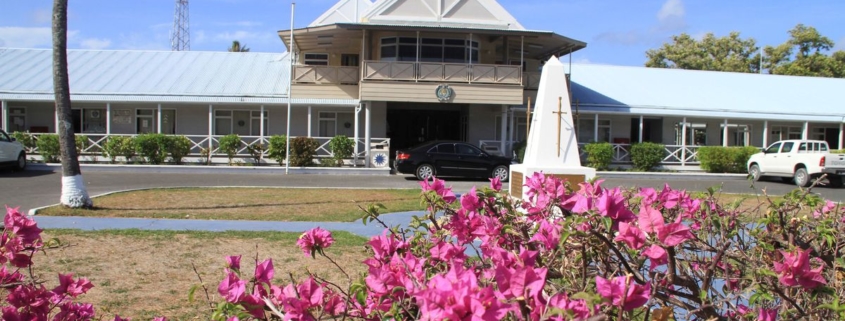Exclusive: Ukraine war spurs U.S. to ramp up security probe of software maker Kaspersky
WASHINGTON, May 9 (Reuters) – The Biden administration ramped up a national security probe into Russia’s AO Kaspersky Lab antivirus software earlier this year amid heightened fears of Russian cyberattacks after Moscow invaded Ukraine, three people familiar with the matter told Reuters.
The case was referred to the Commerce Department by the Department of Justice last year, a fourth person said, but Commerce made little progress on it until the White House and other administration officials urged them to move forward in March, the three people added.
At issue is the risk that the Kremlin could use the antivirus software, which has privileged access to a computer’s systems, to steal sensitive information from American computers or tamper with them as tensions escalate between Moscow and the West.
Register now for FREE unlimited access to Reuters.com
Access to the networks of federal contractors and operators of critical U.S. infrastructure such as power grids are seen as particularly concerning, the three people said.
U.S. regulators have already banned federal government use of Kaspersky software, and could ultimately force the company to take measures to reduce risks posed by its products or prohibit Americans from using them altogether.
The probe, which has not previously been reported, shows the administration is digging deep into its tool kit to hit Moscow with even its most obscure authorities in a bid to protect U.S. citizens and corporations from Russian cyber attacks.
The authorities are “really the only tool that we have to deal with the threat (posed by Kaspersky) on an economy-wide commercial basis, given our generally open market,” said Emily Kilcrease, a former deputy assistant U.S. Trade Representative.
Other regulatory powers stop short of allowing the government to block private sector use of software made by the Moscow-headquartered company, long seen by U.S. officials as a serious threat to U.S. national security.
The departments of Commerce and Justice, and Kaspersky declined to comment. The company has for years denied wrongdoing or any secret partnership with Russian intelligence.
AUTHORITIES TARGET ‘FOREIGN ADVERSARIES’
The ramped-up probe is being executed…




